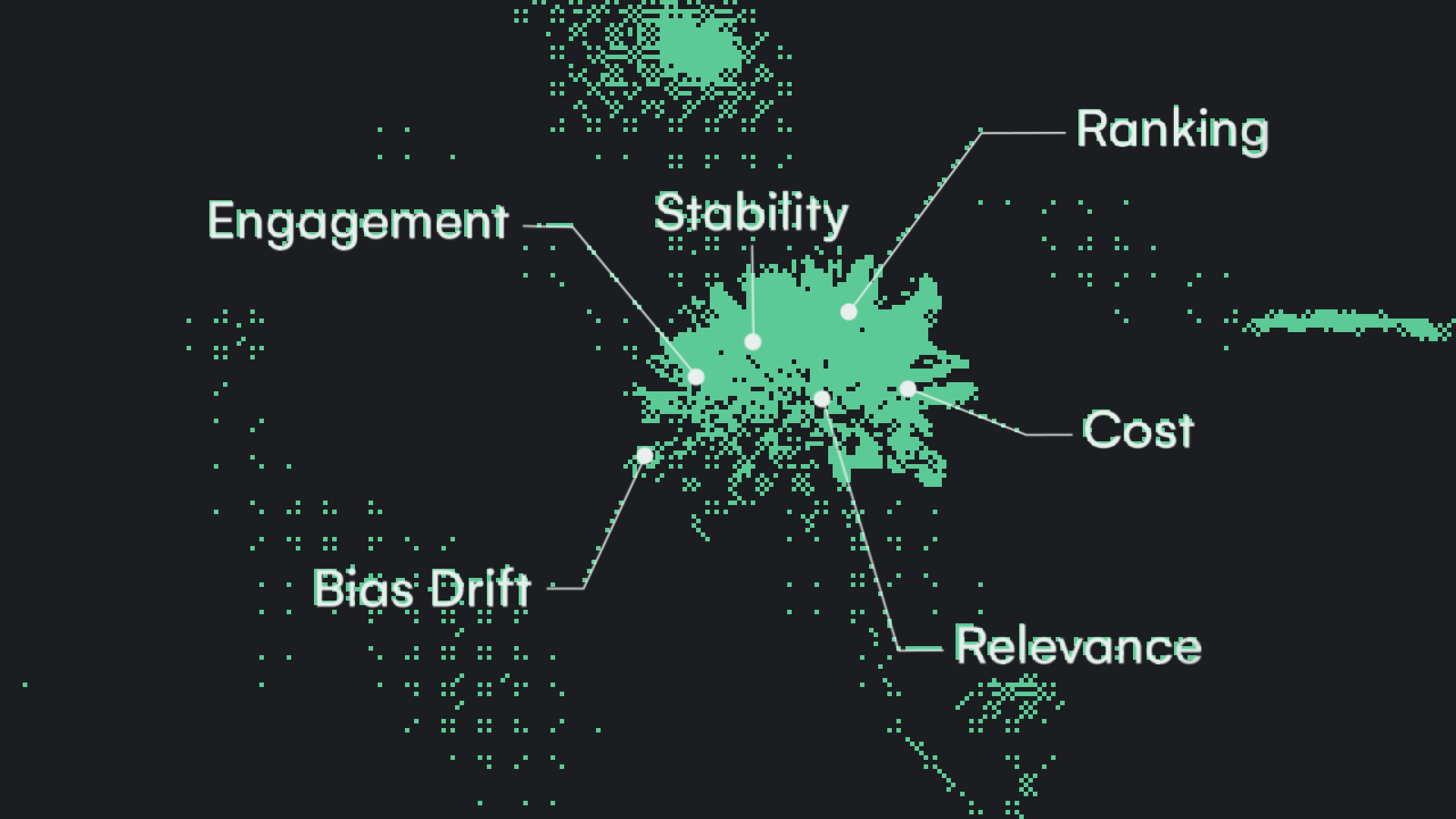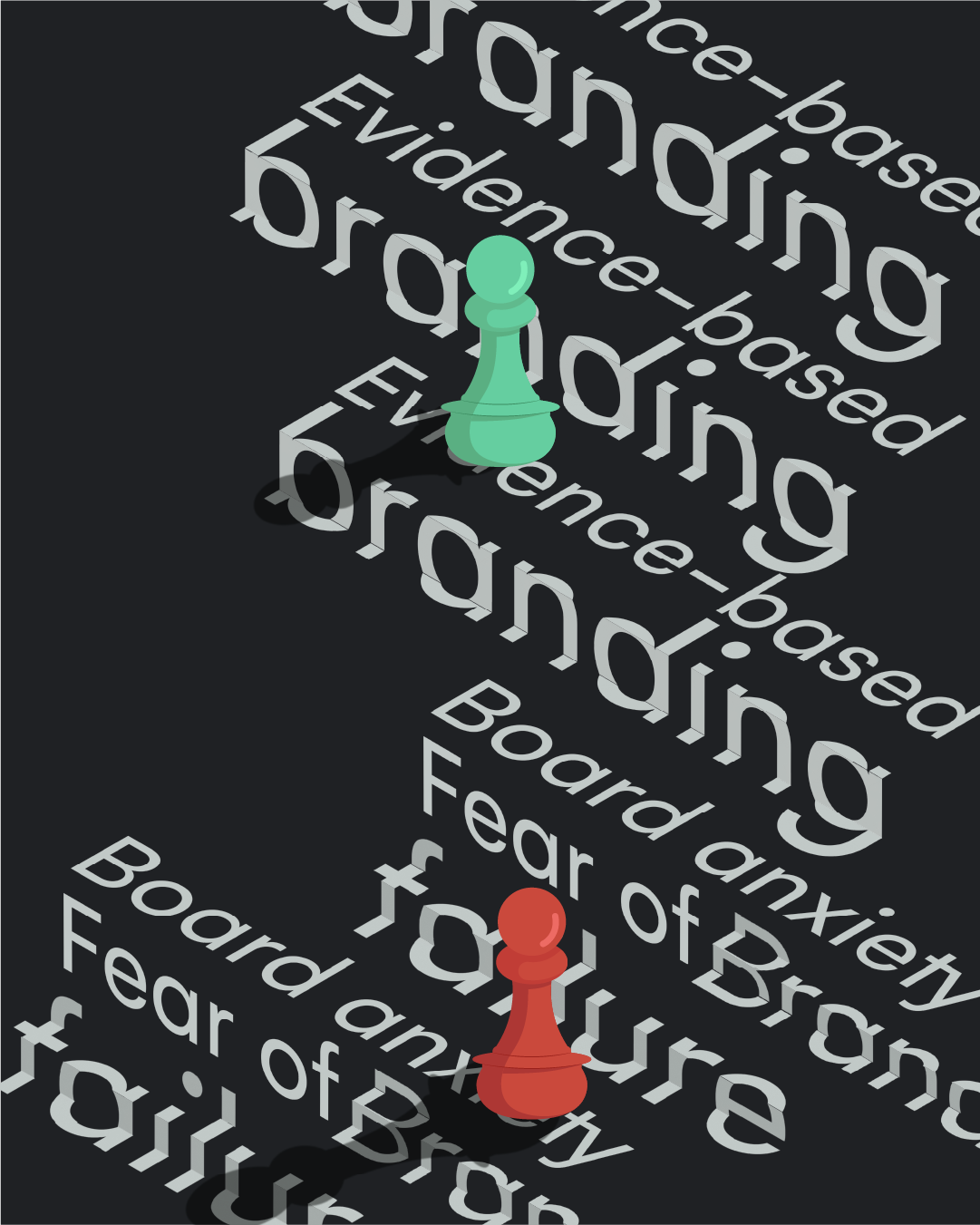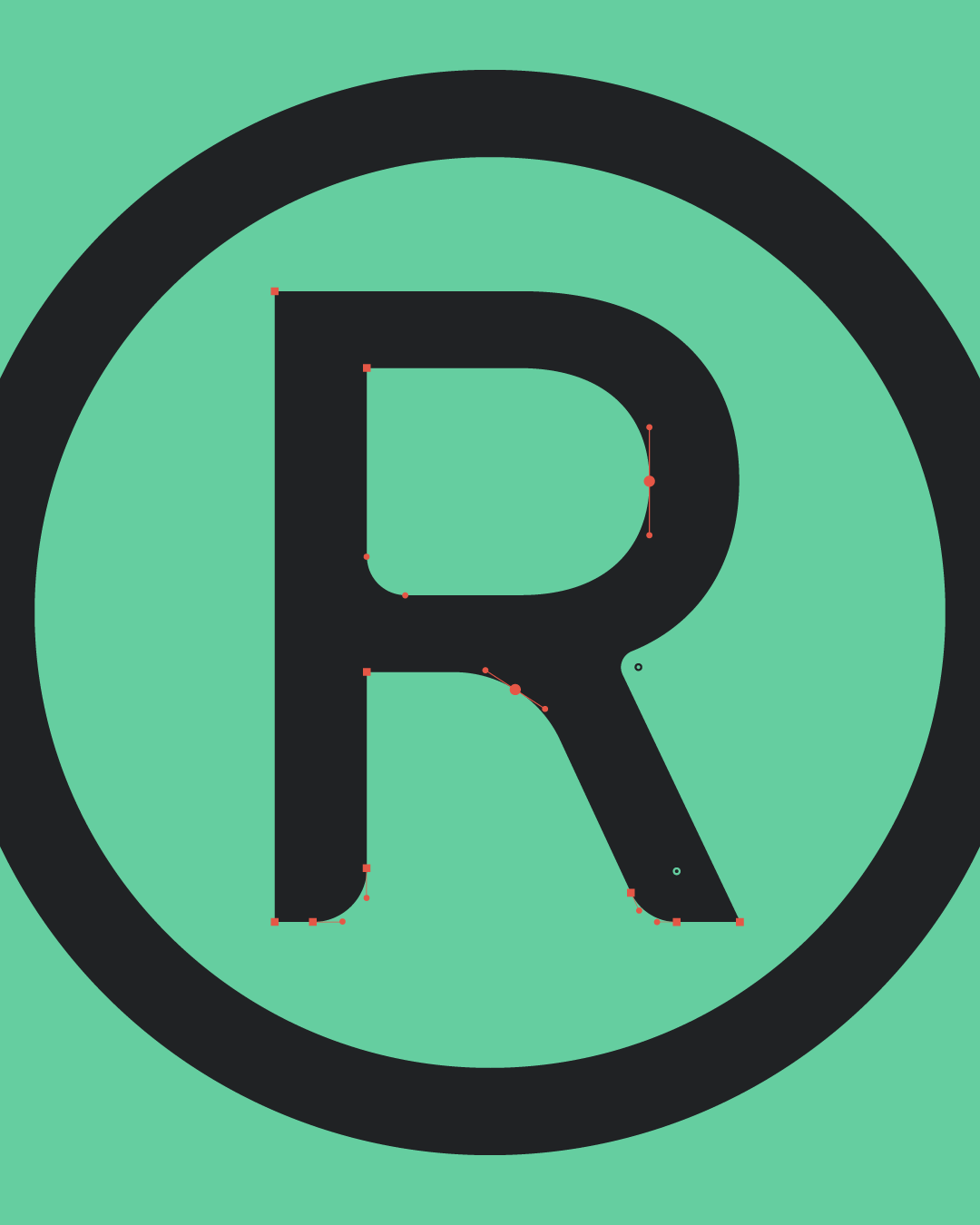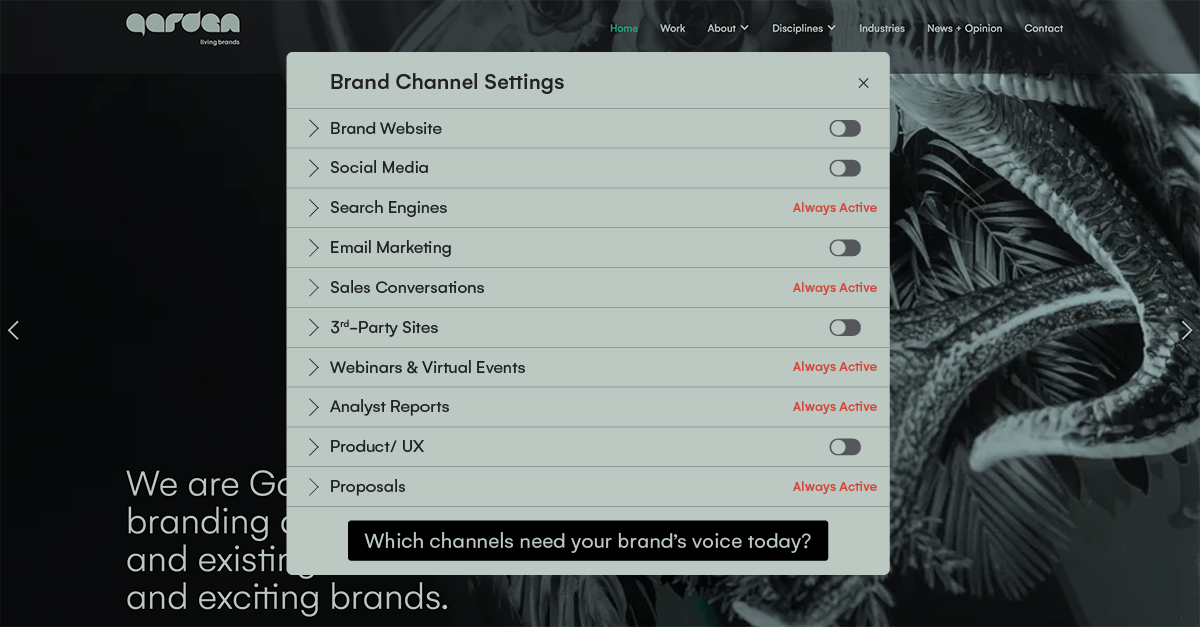The best time to think about branding: A strategic guide for long-term success
In business, branding is often one of the most valuable assets, yet its importance can be overlooked at the early stages. The best time to think about branding is well before product development or marketing efforts begin. Taking the time to establish a branding strategy ensures you can develop a strong, distinctive identity that resonates with your target audience, stands out from competitors, helps with company culture, and legally protects your business.
This guide dives into why early branding consideration is essential, the steps involved, the financial and operational risks of delaying branding, and how some well-known brands approached branding with foresight.
Why early branding matters
Branding is more than just a logo or tagline—it represents the identity, values, and perception of your business in the minds of consumers. A good brand and brand story will also differentiate your company from the competition.
By focusing on branding from the start, companies can avoid costly rebranding, secure a strong legal foundation, and cultivate customer loyalty. Starting with branding ensures every business element aligns with the brand identity, creating consistency and trust.
Key steps in the branding process
- Market research and benchmarking
- Importance: Market research allows businesses to understand customer needs, industry standards, and competitors. This insight is vital for defining brand positioning and identifying opportunities to stand out in the market.
- Timing: Ideally, market research should occur during the initial business planning phase. Most projects take 4–8 weeks, depending on industry complexity.
- Naming and trademark searches
- Importance: The brand name is often the first impression customers have. An effective name is memorable, distinctive, and relevant to the brand’s essence. Trademark searches ensure your chosen name is legally available, reducing the risk of costly rebranding and legal challenges.
- Timing: Naming and trademarking should be addressed early, typically within the first few months of planning.
- Visual identity development
- Importance: A cohesive visual identity (logo, colours, typography) creates a strong first impression and aids brand recognition. Investing in a distinct, professionally designed visual identity prevents confusion and increases brand recall.
- Timing: Visual identity design should begin once the brand’s name, values, and positioning are defined, usually within the first few months of launch planning.
- Legal protections and trademarking
- Importance: Securing trademark rights for the brand name, logo, and other unique assets is crucial for protecting the brand against competitors. Trademark registration provides legal protection and gives businesses exclusive rights to brand elements.
- Timing: Trademark registration can take 6–12 months, depending on jurisdiction.
Risks and financial impact of delaying branding
Without timely branding, companies face various risks, including:
- Rebranding costs: Changing a brand’s name, logo, or identity post-launch involves redesigning packaging, updating marketing collateral, and informing customers. Rebranding costs can range from £10,000 to £200,000 for established brands and up to millions for larger corporations.
- Customer confusion and loyalty: Inconsistent or shifting branding can confuse customers, eroding brand loyalty and trust. If consumers lose faith in a brand, sales and market share can drop significantly.
- Legal penalties: Launching a brand without trademarking can result in infringement claims if another company owns the rights to similar brand elements. Legal fees and penalties for trademark infringement can run into the hundreds of thousands, not including the financial impact of lost sales or damaged brand reputation.
- Loss of market position: Delayed branding gives competitors time to secure similar branding elements, potentially restricting brand names and designs that align with your vision.
- Operational inefficiency: Rebranding is time-consuming, often requiring retraining staff, changing product packaging, and updating digital and physical assets. This can disrupt regular operations, leading to reduced productivity and increased costs.
What are the advantages of early branding?
Think of branding like planting a garden – the earlier you start, the stronger your roots will grow. Early branding helps businesses establish market recognition, build customer trust, and differentiate from competitors. It creates a strong brand identity that resonates with early adopters, supports brand loyalty, and can make marketing efforts more effective as the business grows.
When you prioritise branding from the beginning, you gain several crucial advantages:
- Shape customer perceptions from day one: Instead of letting your market define you, you take control of your narrative from the start. This means every customer interaction, from your very first sale, contributes to building the brand image you actually want.
- Make smarter business decisions: Early brand strategy work forces you to think deeply about your differentiators and market position. This clarity helps guide everything from product development to pricing strategies, preventing costly pivots down the road.
- Build strong customer relationships: By establishing your brand voice and values early, you create consistent, meaningful connections with your audience from the outset. This authenticity builds trust faster than trying to retrofit a brand personality onto an existing business.
- Save resources long-term: While investing in branding early might seem like a big upfront cost, it's far more efficient than rebranding later. Think of it as building your house on solid foundations rather than trying to fix the foundation after the house is built.
- Stay ahead of competition: In today's fast-moving market, waiting to develop your brand means giving competitors the chance to define your category first. Early branding lets you innovate and set industry standards rather than playing catch-up.
Remember, brands are living things that need care and attention from the very beginning. The sooner you start nurturing your brand, the more time it has to grow into something truly remarkable.
Examples: Corporate, packaging, location and environment brands
Corporate brand: Apple Inc.
Apple Inc. is a powerful example of early branding. The company built its identity around innovation and minimalism from the beginning. Apple’s trademarked name, logo, and even product names (like iPhone and iMac) make the brand recognisable worldwide.
The cost of rebranding Apple post-launch would have been astronomical, not to mention the potential for market confusion and reduced consumer trust.
Packaging branding: Coca-Cola’s Contour Bottle
Coca-Cola’s iconic contour bottle design is an example of early branding and trademark protection. By securing the contour design early, Coca-Cola created a recognisable package that consumers associate with quality and authenticity.
Had Coca-Cola not trademarked its bottle design, competitors could have replicated it, diluting the brand's identity. The contour bottle has become a symbol of Coca-Cola, contributing to billions in revenue over the years. Check out the best packaging designs as shortlisted by DesignRush.
Location branding: “I ❤️ NY”
New York’s tourism department launched the “I ❤️ NY” logo to promote the state as a travel destination. The early branding decision to trademark the logo has allowed the state to licence the design for various products, generating revenue and reinforcing New York’s image as a global tourist destination.
If New York had not trademarked this brand, counterfeit products and lost revenue could have cost millions annually.
Environment branding
Designing a museum, aquarium, shopping centre or holiday resort before developing a brand strategy can often miss major opportunities, we have often seen locations built and signage created before branding has been a consideration, assuming branding was just the logo that gets put on the outside.
Of course the reality is that an environmental brand should really be inspired by the brand, not the other way round. Yes the landscape or the architect's vision can come into play, but the founder's vision mixed with knowledge and understanding of the risk and opportunity should really drive this.
For example, does the location need to attract global tourism or local communities?, should it reflect the landscape of the experience, or both? What will be the breakdown of the demographic? Not getting this right from the outset can create some major headaches further down the line, as once a building has been built you can’t then re-build it if you later realise there was a different way of thinking about it, better opportunities, reduced risks.
Timing, penalties, and other branding risks
- Timing: Ideally, branding efforts should begin as soon as a business concept is developed. Any delays can lead to missed opportunities, giving competitors time to secure similar brand elements.
- Penalties: The financial penalties for using another company's trademark can run into hundreds of thousands. This is aside from the rebranding costs and lost revenue.
- Other risks: Failing to protect brand elements can lead to operational issues, such as staff confusion and inefficient resource allocation. A rebranding initiative also puts pressure on the supply chain, particularly in industries where product packaging is essential to brand recognition, or expensive and timely re-building and implementation of signage and wayfinding.
Why is brand timing important for startups?
Brand timing is essential for startups to align their product with market demand, maximise audience interest, and capitalise on unique trends. Launching at the right time allows startups to stand out, attract investment, and build momentum faster in competitive environments.
Final thoughts on early branding
Investing in branding early is critical for business success. A robust brand foundation establishes credibility, encourages customer loyalty, communicates your mission, and offers legal protection.
By planning branding from the start, businesses can avoid costly rebranding, legal disputes, operational inefficiencies and expensive new implementation. Successful companies like Apple and Coca-Cola demonstrate the power of a well-planned brand strategy, proving that branding is an essential step toward long-term growth and market leadership.





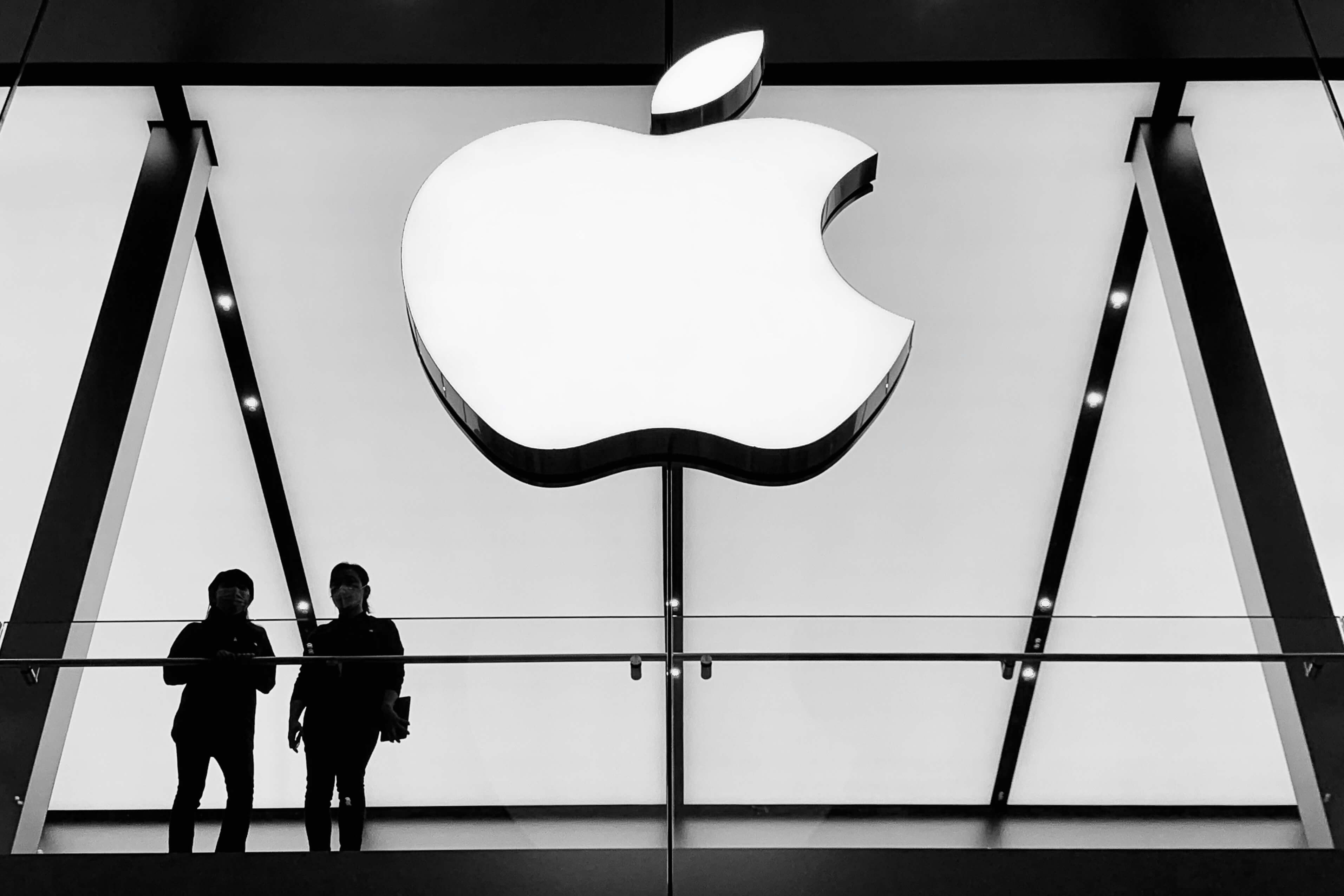





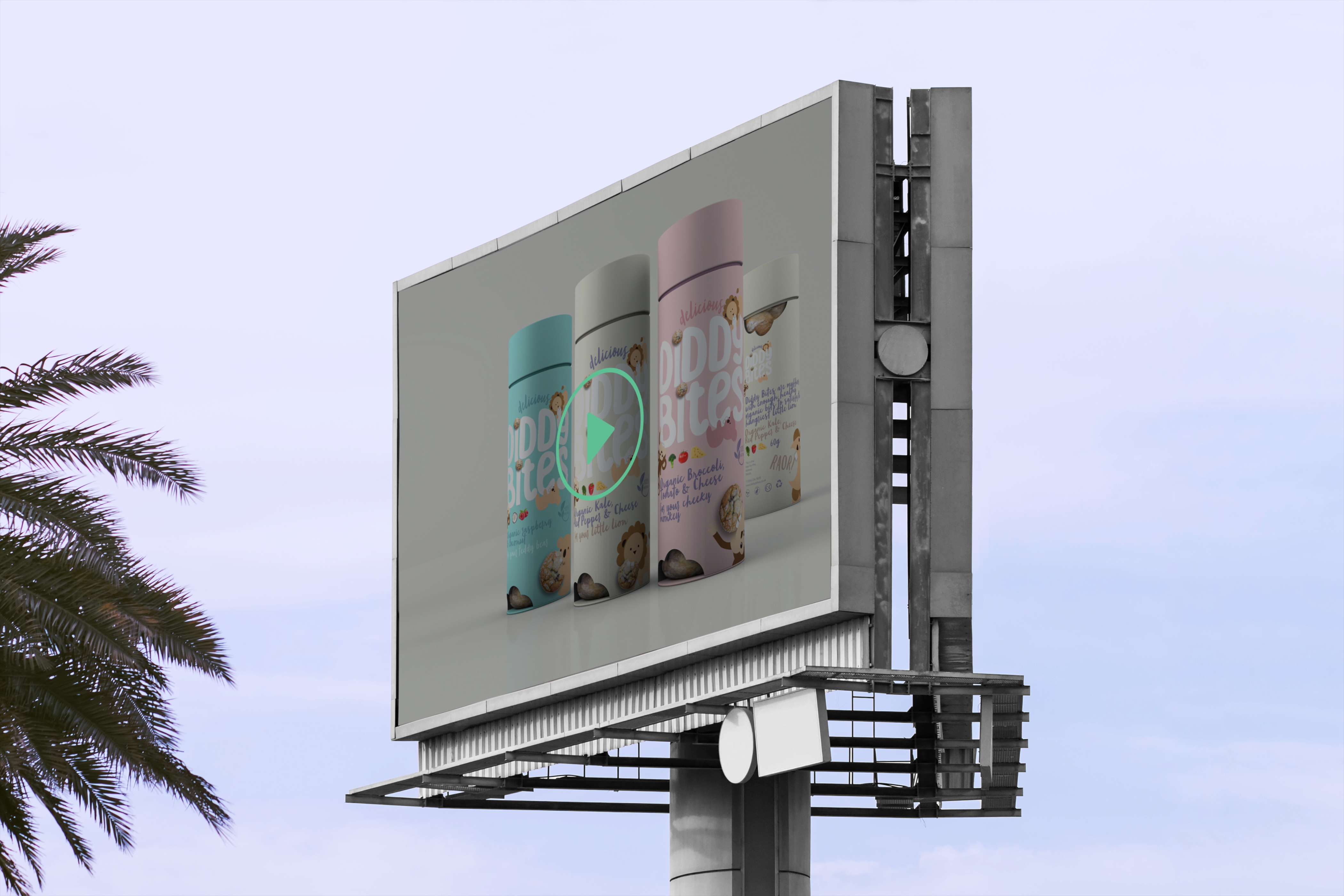





.jpg)














